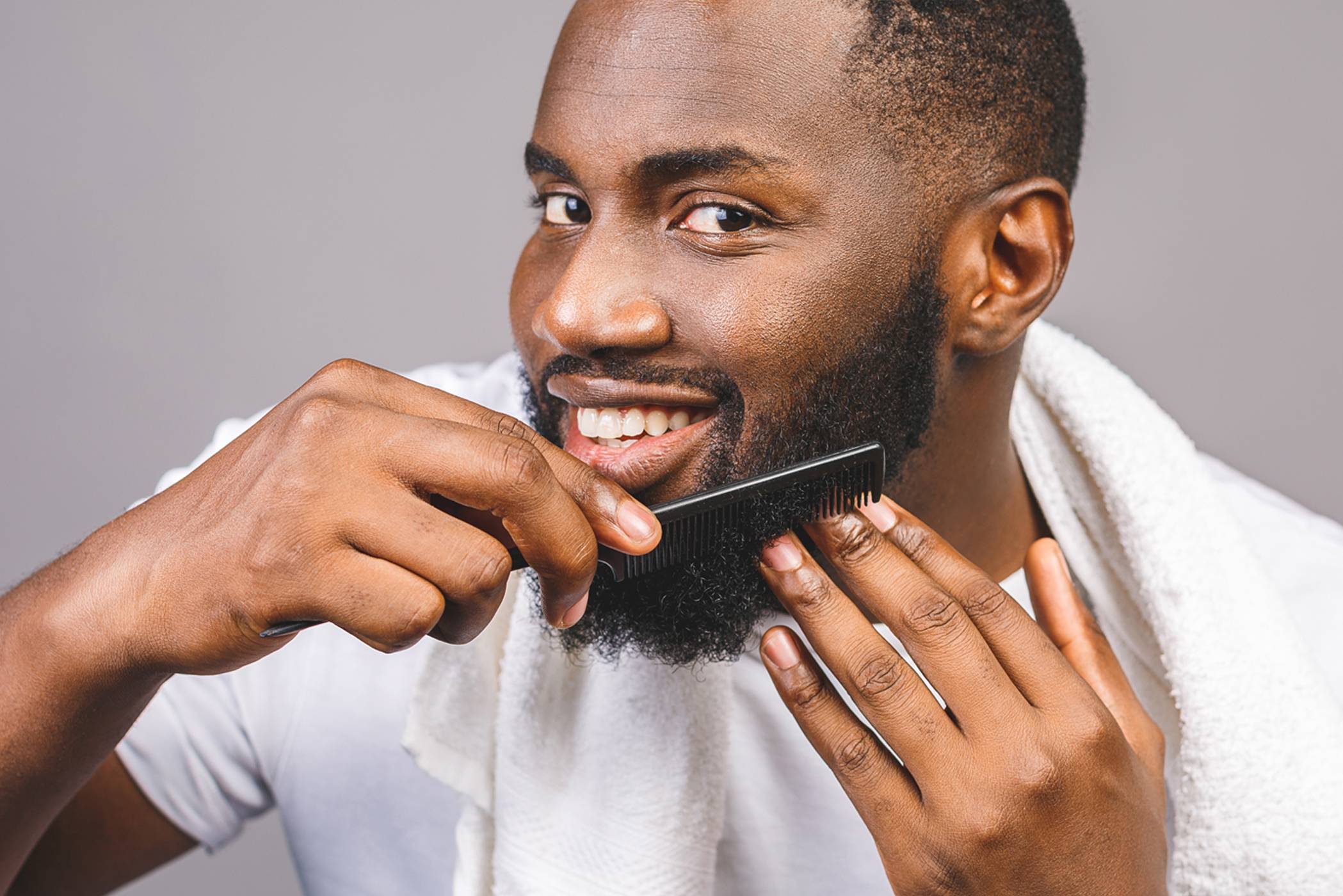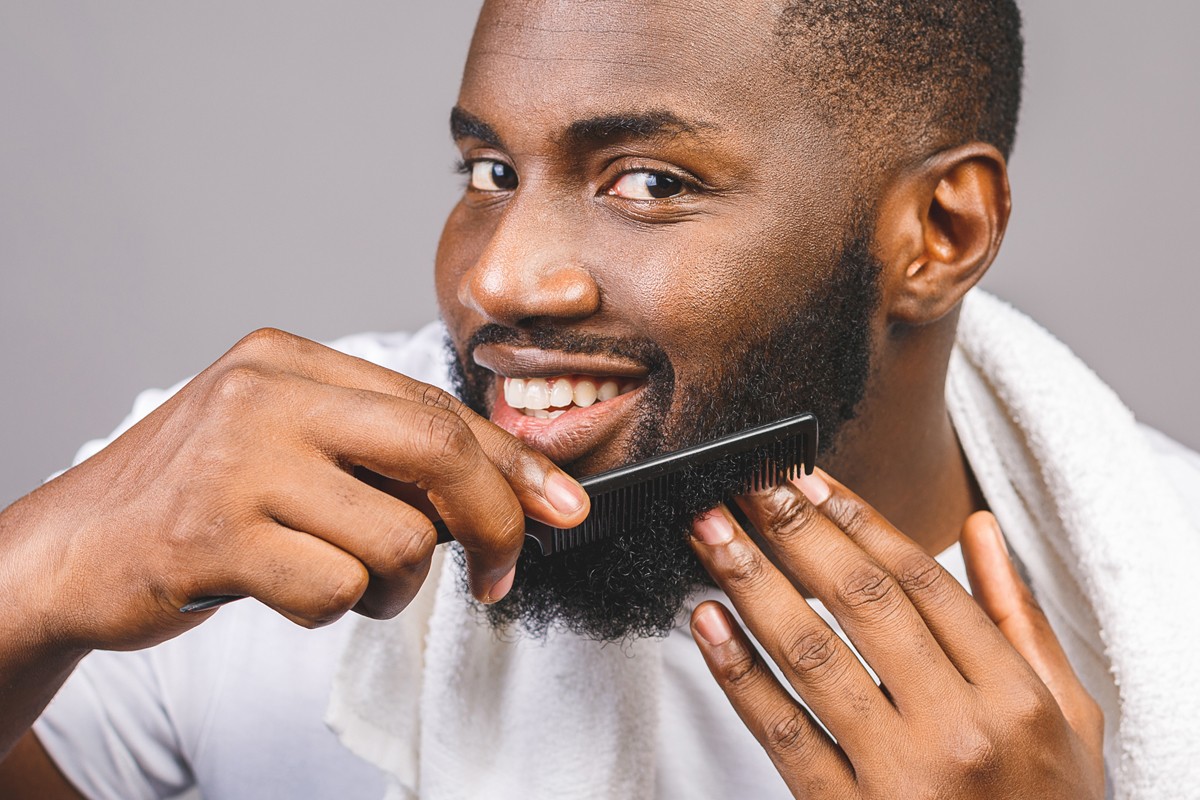I hear versions of this every week, during consults and even over coffee with friends. A buddy told me, “I don’t need a new face. I just want my beard to make sense—no holes, no fluff—something I can clean up and feel good about.” That’s the goal. If patchy growth or uneven density keeps you from the beard you want, a beard hair transplant can offer permanent, natural-looking coverage, when it’s planned by a physician with true facial-hair artistry.
Below is a clear, no-hype guide from Springs Hair Restoration (Sandy Springs/Atlanta) to help you decide.
Why Men Come In: It’s Not Vanity—It’s Identity
Most of the guys I meet aren’t chasing trends; they’re chasing coherence. The cheek lines won’t fill. The mustache never connects. The jawline is thin and breaks up under bright light or close photos. You don’t want a painted-on look. You want even coverage, clean lines, and believable density that holds up from a foot away, and at 5 a.m. in the mirror.
What a Beard Transplant Actually Is (And Isn’t)
A beard transplant relocates your own DHT-resistant follicles, usually from the back of the scalp, into the beard zones (cheeks, jaw, mustache, goatee). We typically use FUE (Follicular Unit Extraction), which removes follicles one by one with tiny punches.
Why that matters to you:
No linear scar (close-cropped hair is still on the table).
Better control over angle and direction per graft.
Blends with a variety of hair textures and curl patterns, including multicultural hair.
What it isn’t: a switch that turns “no beard” into a huge, bushy beard overnight. Think architected improvement—filling gaps, shaping edges, tightening density—so your beard reads clean and intentional.
The Part No One Talks About: Direction Is Everything
Facial hair isn’t uniform. Mustache hair sits flatter and grows toward the corners; cheek hair usually angles downward and forward; jawline growth curves differently again. If your surgeon misjudges angles by even 10–15 degrees, your stubble can stick out or cast odd shadows.
That’s why we plan:
Zone-by-zone mapping (cheek, sub-mandibular, mustache, soul patch).
Micro-angulation and curl matching for your hair caliber and ethnicity.
Density gradients so the result looks natural clean-shaven, with stubble, and fully grown.
Are You A Good Candidate?
You likely are if you have:
• Lifelong patchy or uneven growth
• Scar gaps (acne, injury, surgery, cleft repair)
• A beard that grows but fades in key areas
• Clear goals and realistic expectations
If your starting point is minimal facial hair, we’ll discuss staged plans and styles that look authentic on you.
FUE vs FUT—What We Actually Do
FUE is our go-to for beards: tiny punches, no linear strip scar, precise placement.
FUT is reserved for select cases needing very high graft counts (and only if a linear scar can be hidden). In some cases we can borrow from existing beard (beard-to-beard FUE) to match texture perfectly.
Downtime & What to Expect
Day 0–3: Redness and tiny scabs; gentle after-care is key.
Week 2–6: Transplanted hairs shed (normal)—the follicles are alive beneath the skin.
Months 3–4: New growth appears as fine stubble.
Months 6–9: Density builds; lines sharpen.
Month 12+: Full maturation; you’ll understand the long-term look.
Plan for a few low-profile days if your work is face-to-face. Many patients are video-call-ready within a week.
How many grafts do I need?
It depends on your goals and starting density, but here’s a ballpark:
Edge cleanup / light fill: ~300–600 grafts
Cheeks + mustache balance: ~800–1,400 grafts
Full frame (cheek, jaw, connectors): ~1,500–2,500+
We’ll show you trade-offs (coverage vs density) and protect your donor supply for future needs.
Cost & payments (Atlanta reality)
Pricing follows graft count and case complexity. After mapping your plan, we give a transparent quote and offer flexible payments, including 0% interest options for eligible patients (in-house plans and CareCredit with 0% interest if paid in full within 12 months* ). No pressure, no upsell, just the plan that fits your goals.
A Friendly Reminder Before You Book
Social media can make anything look instant. Real results start with alignment: your goals, your donor supply, and what facial hair can authentically look like on you. The best compliment we hear is, “No one clocked it, they just said I look great.”
How We Can Help
You want a beard that looks like you, just fuller and more even. Here’s what we do to make that happen:
A doctor plans and places your work. From the first sketch to the last graft, it’s physician-led so the result reads natural in real life, not just in photos. We obsess over direction. Facial hair grows differently by zone; we match angle, direction, curl, and hair caliber so lines look clean, not “stuck on.” All textures welcome. Straight, wavy, curly, coiled—we’ve worked across hair types and tailor the plan to yours. You can actually reach us. We’re here in Sandy Springs/Atlanta with follow-ups that don’t disappear after surgery.
Not sure what you need? Start with a quick conversation. We can review your photos, talk candidly about what’s realistic, and outline next steps if, and only if, you’re ready. Ready to map your beard?
Book a private consult in Sandy Springs (Atlanta ) or Johns Creek and across North Georgia. We’ll measure, design, and give you a precise graft estimate, timeline, and quote—no pressure, just facts.





 Free Transplant Consult
Free Transplant Consult



